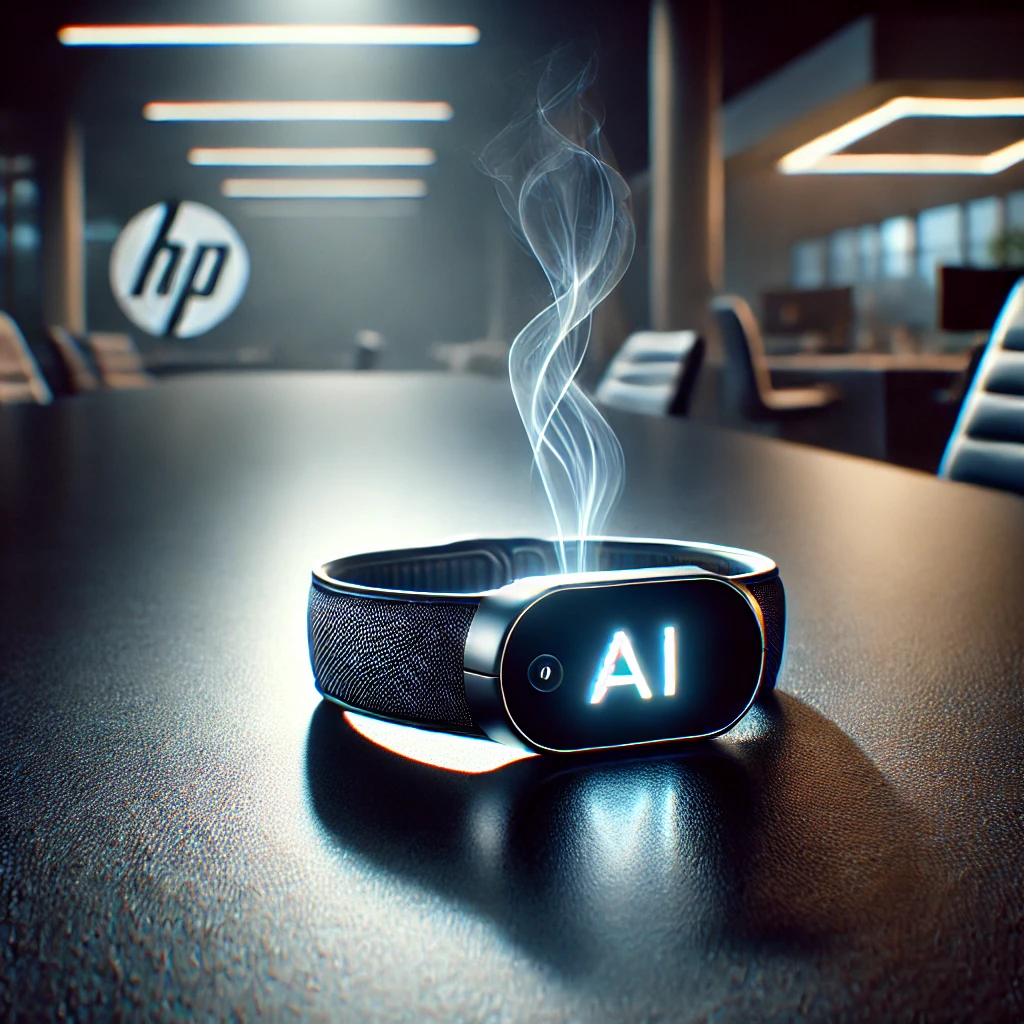On February 18, 2025, the American startup Humane announced the discontinuation of sales and services for its wearable device, the “Ai Pin,” which had once garnered attention as the next-generation device to replace smartphones. At the same time, the company revealed that it would be selling most of its business to HP for $116 million (approximately 17.6 billion yen).
Given that the Ai Pin, which was released in April 2024, faced harsh criticism over battery life and overheating issues, leading to a massive wave of returns within just one month, this outcome was somewhat predictable. However, this event is not just a single company’s failure—it carries significant implications for the entire AI wearables market.
The Gap Between Ai Pin’s Ambitious Vision and Reality
The Ai Pin was introduced with an innovative concept: a screenless device that projects images onto the palm and operates via voice and gesture controls. It aimed to offer a new user experience independent of smartphones and gained considerable attention, particularly within the tech industry. However, the technology was not sufficiently advanced, and the actual user experience fell far short of expectations.
The biggest issues were battery life and overheating. The power consumption required to continuously run AI and process information without a screen was far greater than anticipated. Users frequently complained that the device only lasted for a few hours and that the unit became excessively hot. It can be said that commercializing the device before the technology had matured led to its downfall.
HP’s Intentions Behind the Acquisition
Through this acquisition, HP will gain access to Humane’s intellectual property, its proprietary operating system “CosmOS,” and its AI engineers. Notably, HP plans to establish a new division called “HP IQ,” which will drive AI integration into PCs, printers, and connected conference rooms.
It is unlikely that HP intends to revive the Ai Pin itself. However, the UX design and AI-related technologies developed by Humane could be applied to HP’s existing product lineup. In particular, HP may seek to leverage AI to enhance user experiences in its core business areas, such as enterprise PCs and office equipment.
What’s Next for AI Wearables?
What impact will the failure of Ai Pin have on the AI wearables market as a whole?
- AI Wearables Will Take Time to Mature
AI-powered wearable devices still face many technical challenges, with battery life and processing power being major limitations. Previous attempts, such as Google Glass and Meta’s Ray-Ban Stories, have also struggled to achieve widespread consumer adoption.
- Replacing Smartphones Remains Extremely Difficult
In today’s world, where smartphones are deeply integrated into daily life, creating a device that can completely replace them is a daunting task. To surpass smartphones in terms of “instant access” and “multi-functionality,” innovation must go beyond mere technological advancement—it must evolve in ways that seamlessly fit into users’ lifestyles.
- AI’s Role May Shift Towards PCs and Office Equipment
Following this acquisition, AI technology may transition from wearables to PCs and office equipment. The focus may shift toward AI-driven workplace efficiency rather than consumer-focused wearables, which could be a more practical and viable application.
Conclusion
The Ai Pin serves as a symbolic case study of the gap between an ambitious vision and market reality. However, the technology itself has not been dismissed. Instead, through HP’s acquisition, it may survive in a different form.
The future of the AI wearables market remains uncertain, but at the very least, it is now clear that AI devices as a complete replacement for smartphones are not yet viable. Moving forward, AI will need to be integrated into daily life in more practical ways.
Humane’s bold attempt and ultimate failure highlight the challenges of technological innovation while also providing a valuable opportunity to reconsider how AI will evolve in the future.

